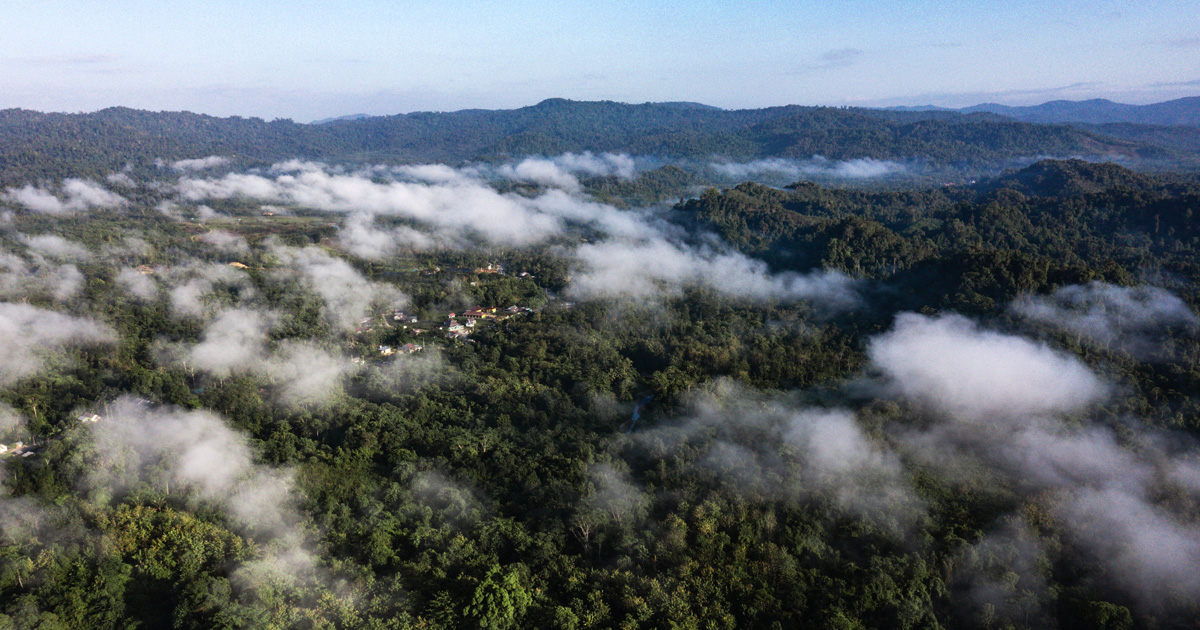Adansonia digitata L. (Baobab) is widely distributed throughout Sub-Saharan Africa stretching from Senegal to Sudan, and from Ethiopia to Natal. Information of phenotypic and genetic variation is a prerequisite for the domestication and improvement of baobab fruits from the wild. A study was done to determine within and between provenance variability in fruit and seed characteristics of five populations selected from four silvicultural zones and assess whether morphometric traits could delineate populations from different zones into land races. Fruits were characterized from 55 trees representing a wide geographical range. Six fruit traits and three individual seed traits were assessed. Results showed highly significant differences (P 0.001) in fruit, pulp, and seed weight, fruit length and width, number of seed, individual seed weight, seed length and width within and between populations. Mean fruit weight ranged from 125.8 ± 3.25 to 162.9 ± 3.25 g, seed weight ranged from 38.6 ± 2.5 to 66 ± 2.01 g and pulp weight ranged from 28.7 ± 1.33 to 41.4 ± 1.33 g. Single seed weight showed pronounced evidence of divergence of populations into ecotypes. The rich diversity found between and within populations is important for domestication purposes and tree improvement through selection and breeding. All populations could be used for seed source but distribution should be consciously done recognizing existence of races.
DOI:
https://doi.org/10.1007/s10457-012-9500-1
Altmetric score:
Dimensions Citation Count:






















